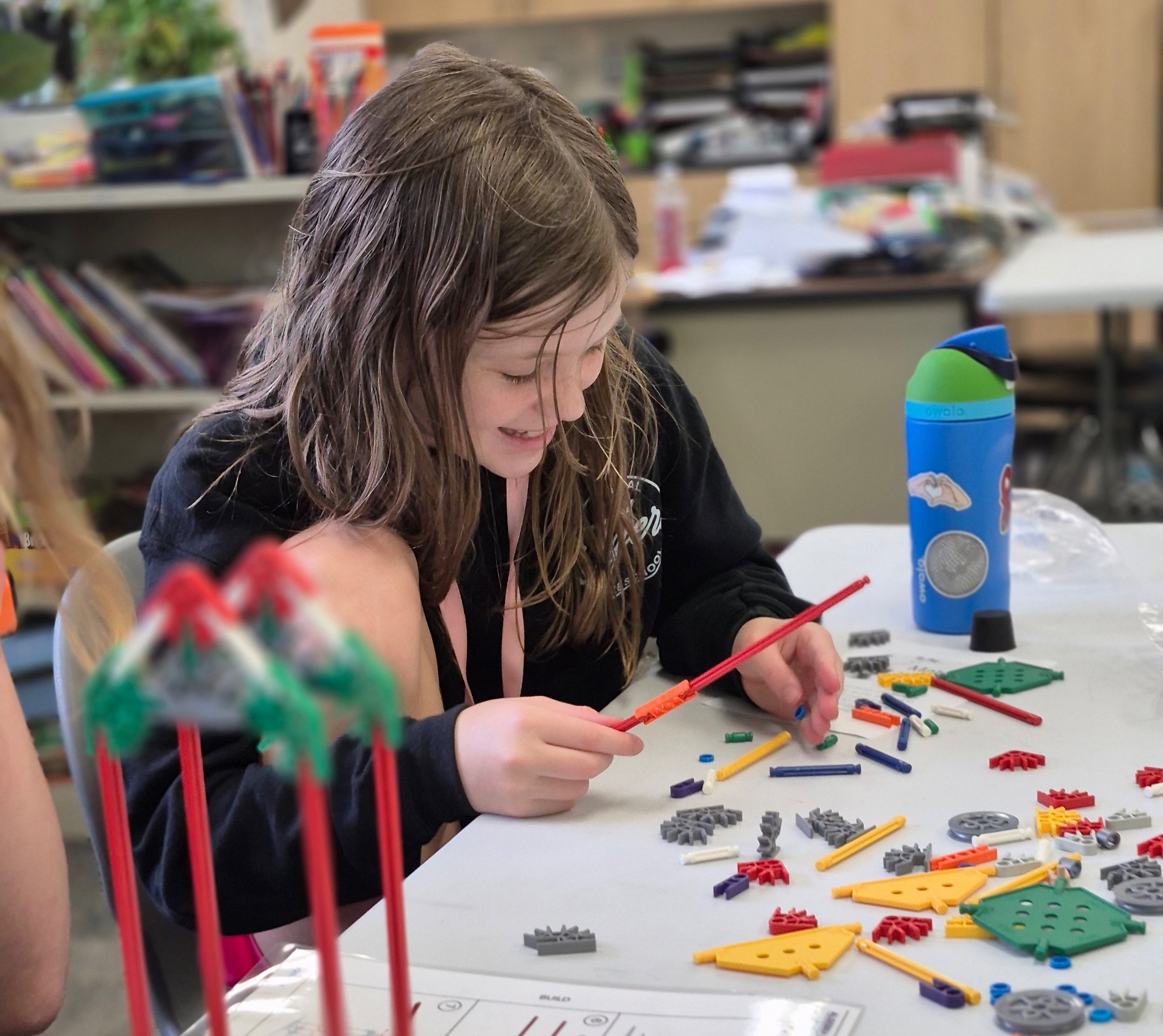Human-Centered Learning in an Age of AI
Hands-on, social math experiences are more urgent than ever
PART 1: MATH LAB
PART 2: STRESSED-OUT KIDS CAN’T LEARN
PART 3: MATH IS A HUMAN SKILL
PART 4: TEACHERS ARE NOT THE PROBLEM
PART 5: WHAT TO DO IN MATH LAB

Teachers are Not the Problem - The System Is
Instead of blaming teachers for stagnant math outcomes, schools must restructure instruction through Math Lab to empower educators and support the kind of teaching students need most.
Spend any time in elementary or middle school math classrooms, and you’ll encounter a familiar story: students struggling to grasp concepts, teachers stretched thin, and a sense that despite everyone’s best efforts, something still isn’t working. The instinct in many districts is to look for the next fix—a better curriculum, a slicker software tool, another round of training. But maybe the problem isn’t the people or the programs.
Maybe it’s the structure.
We’ve asked teachers to do something incredibly difficult: deliver rich, standards-based instruction to a diverse group of learners in a single block of time, day after day, while also managing pacing guides, assessment data, behavior, and tech integration. It’s no wonder many teachers feel overwhelmed—especially when it comes to math.
Many elementary teachers entered the profession because they love kids, not because they feel confident in math. A study by the National Center for Education Statistics found that fewer than 40% of elementary teachers report feeling well prepared to teach math. And yet we continue to hand them thick curriculum guides, a stack of digital platforms, and a mandate to “elevate achievement.”
It’s not working. And it’s not fair.
There is a common narrative that if teachers just had more training—or if they used the curriculum with greater fidelity—math outcomes would improve. But that story ignores the reality that most math instruction today is built around a narrow set of expectations: deliver content, manage student practice, and move on. There’s little time or space for teachers to observe thinking, facilitate exploration, or engage students in meaningful mathematical conversations. And when math becomes mechanical and transactional, both teachers and students lose interest.

What teachers need isn’t just better tools. They need a better structure for delivering math instruction—one that makes space for students to engage deeply with content and gives teachers a meaningful role in facilitating that engagement.
That’s where Math Lab comes in.
By carving out a 3rd dimension of math instruction—in addition to core lessons and independent practice—Math Lab changes the role of the teacher. In this space, teachers get to observe student thinking in action. They get to see students build, talk, struggle, and succeed. They get to intervene meaningfully, ask probing questions, and respond to misconceptions as they arise, rather than days later on an assessment.
This is the kind of teaching most educators dreamed of doing. And it’s the kind that leads to real professional growth. Math Lab becomes a live laboratory not just for students, but for teachers, too.
In traditional math instruction, most of a teacher’s time is spent on delivering content or managing logistics. But in Math Lab, teachers become listeners and coaches. They can focus on the nuances of student reasoning. They can try new strategies, reflect on their practice, and collaborate with peers. It’s the rare setting where formative assessment happens naturally, through observation and interaction.
And for schools and districts? It becomes a powerful opportunity for instructional insight. When school leaders visit Math Lab, they see math understanding made visible. They get to observe group dynamics, student strategies, language use, and conceptual development in real time. This makes coaching more targeted, PD more relevant, and leadership more grounded in classroom reality.

Professional development often falls flat because it feels disconnected from daily teaching. But when Math Lab is part of the weekly schedule, it creates a shared context for growth. Teachers, coaches, and administrators have a common reference point—a place where they can observe, learn, and grow together.
Importantly, Math Lab also shifts the culture of accountability. Instead of relying only on test scores and walkthroughs, leaders can evaluate instruction by what they see students doing: how they collaborate, explain ideas, take risks, and persist. This kind of accountability is not just fairer—it’s more useful.
Instead of asking teachers to fix the system, Math Lab changes the system to support teachers.
Because teachers are not the problem. They are the solution.
But only if we give them a structure that lets them lead the kind of learning that today’s students need—collaborative, applied, and deeply human.
If we want to recruit and retain great math teachers, we need to build schools where teachers can flourish. That means giving them the time, support, and professional respect to do what they do best: ignite learning. It means designing structures that reflect what we know about how people learn—not just students, but teachers too.
And it means rejecting the notion that the answer lies in outsourcing instruction to screens, or in asking teachers to “personalize” learning for every child without the time or tools to do so effectively.
Math Lab is a human-centered solution to a systemic problem. It gives teachers breathing room. It gives students a chance to engage differently. And it gives schools a platform for instructional excellence that’s grounded in relationships, dialogue, and discovery.
We need to stop tinkering around the edges. We need to stop asking more of teachers without changing the conditions under which they work.
We need to rethink the structure of math instruction—and bring in a new dimension of teaching and learning.
